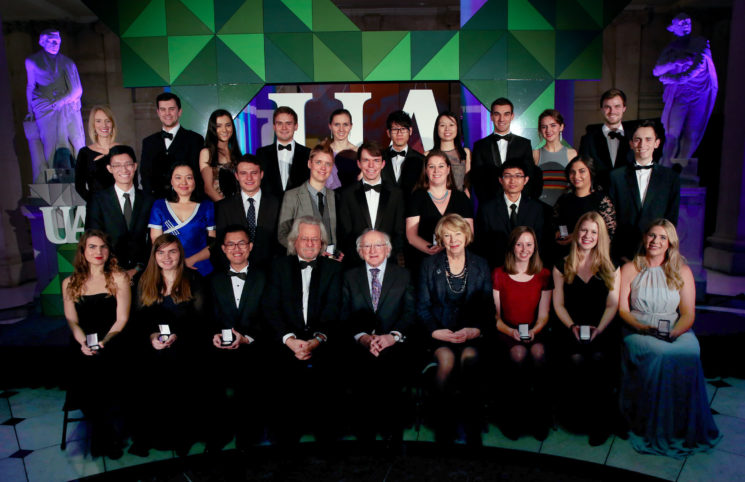2016 Undergraduate Awards
Document Type
Article
Publication Date
2016
Abstract
Cognitive control processes allow individuals to guide their behaviour in the face of distracting or irrelevant stimuli, and typically continue developing into early adulthood. These processes are often tested using response inhibition paradigms such as the size congruency task, which require participants to select between conflicting responses. Previous studies have shown that activity in the dorsolateral prefrontal cortex (DLPFC) and the anterior cingulate cortex (ACC) parallels the protracted development of cognitive control. Recent evidence suggests that children and adolescents may rely on more subcortical regions such as the cerebellum to process conflict. The present study aimed to comprehensively investigate activity in the DLPFC, ACC, and cerebellum during response inhibition across developmental stages, thereby proposing conflict processing neural pathways utilized at various developmental stages. Five children, five adolescent and five adult participants completed a size congruency task while undergoing fMRI scanning. Incongruent trials (25%) elicited conflict processing. Incongruent-congruent contrasts were averaged within groups and compared across groups via visual inspection. While small regions of unilateral DLPFC activity were measured for children and adolescents, adults showed large regions of bilateral DLPFC activity. Children and adolescents showed no ACC activity while adults exhibited bilateral ACC activity. Children showed more widespread cerebellar activity compared to adolescents and adults. In light of these results and recent research findings, we propose a DLPFC-cerebellar conflict processing network in children, with the cerebellum performing conflict resolution by cancelling an ongoing but incorrect motor program. Adults are suggested to utilize a DLPFC-ACC network, where the ACC suppresses a prepotent response before it is initiated. Adolescents show evidence of activity in both networks. Future studies should focus on how conflict processing develops as a network, rather than identifying localized regions of development.

Included in
Cognition and Perception Commons, Cognitive Psychology Commons, Developmental Psychology Commons




Notes
Image by geralt. In the public domain.